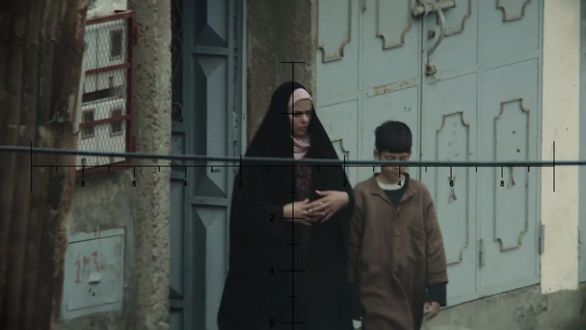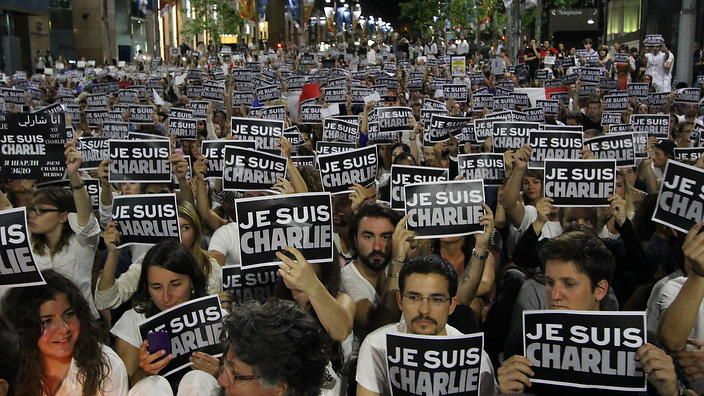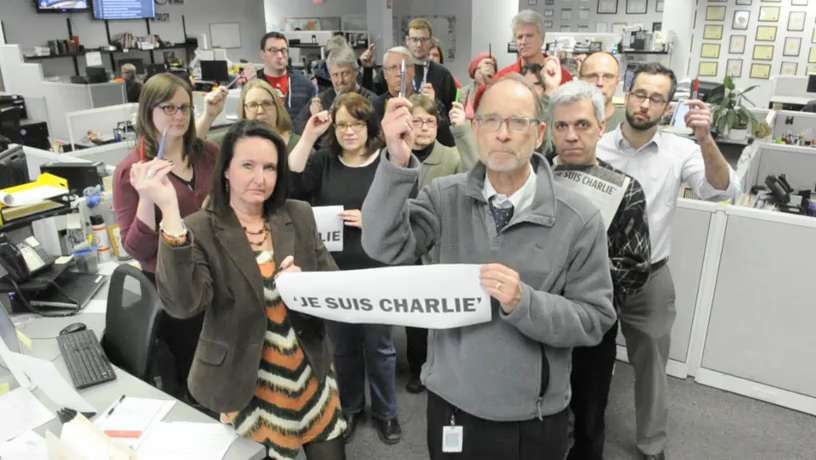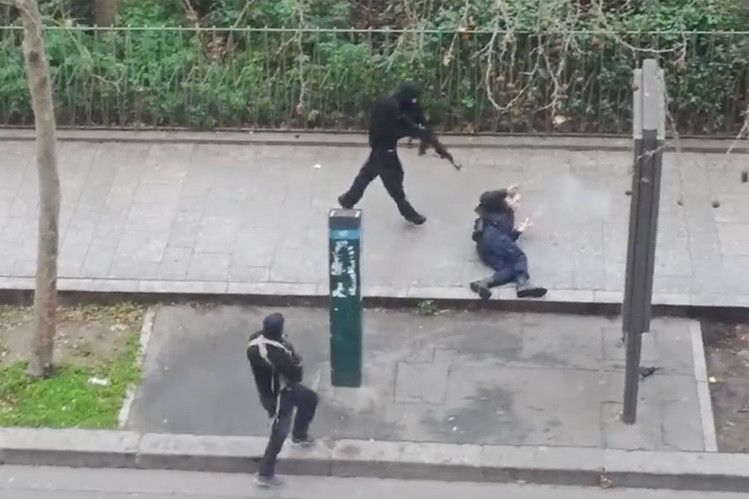I'll keep this reasonably short, since by now you have (a) seen the film, or (b) read and heard enough about it that your brain is ready to crash, or (c) both.
Let me get this out of the way: American Sniper is not a great movie. Some of it isn't even very good.
But it is impressive, despite a few dead spots (most in the domestic scenes when Navy SEAL sniper Chris Kyle is between his four tours of duty in Iraq). I didn't think anything new could be done showing lethal street fighting after all the movies Iraq has spawned. But while Kyle (Bradley Cooper) works with various teams in the urban killing grounds, the focus is definitely on him. And this is different, because what we experience most intensely is one-on-one, not opposing armies tossed into a blender.
"Experience" isn't too strong a word for the battle scenes. And one surprise for me was that director Clint Eastwood showed himself capable of imagination in supervising camera placement, cutting, and atmosphere in those scenes. The sound design is so extraordinary it adds a scary additional dimension. I was lucky enough to catch American Sniper in the Cinerama Dome at the Arclight Hollywood, with a state-of-the-art sound system. But in any reasonably up-to-date theater, the soundtrack should be startlingly effective.
I wouldn't have thought Eastwood had it in him. He has been constantly hyped as a brilliant director, for reasons I could not understand; at most he seemed an efficient professional who avoided big mistakes. But in American Sniper he has stepped out of the conventional often enough.
Another virtue of the film is that it seems to have no agenda. The anguish of war is convincingly demonstrated (although with no more gore than necessary), but nothing types it as an "anti-war" film. Yet Kyle has an outburst of patriotism when watching the 9/11 attack on television with his family.
For a movie about a recent and ultra-controversial war, it's even-handed. It doesn't ask us to admire Kyle for defending the country. It doesn't make him out to be a sentimentally naive flag waver. It says, this is one man of our time, what he felt, what he did.
People at various points of the political compass can argue about its political message, but I doubt it intends to have one, and is all the better for that. Still, Sniper's overwhelming attendance figures suggest it connects with deep values and convictions that many moviegoers have been starved for. It is shaped by an outlook no movie has delivered in a long time.
This isn't a story driven by plot points (the script is no great shakes) or acting (strong from Bradley Cooper, with the other players mostly reduced to scenery around Cooper). It's about the Code of Heroism that, for good or ill, dominated human values until the past century and for many continues to cast a spell. After 2,800 years, we read The Iliad for its poetry but also because we're drawn to characters whose lives are meaningless without heroism, risking all for honor. Achilles, Agamemnon, Hektor tell us about a way of life that exists today -- insofar as it exists at all -- mostly in the military. The Iliad also shows the tragic cost to others involved with heroes, like Hektor's wife, Andromache.
It doesn't reach the heights of The Iliad, but if American Sniper has a "message," it's one that resonates with a long history.













